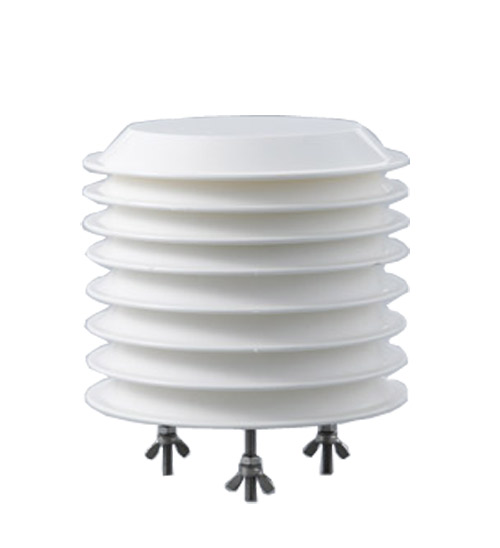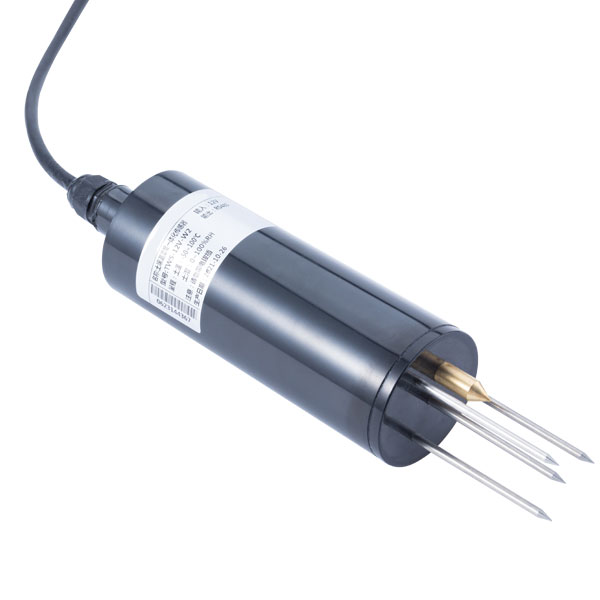

— Blogs —
—Products—
 Consumer hotline +8618073152920
Consumer hotline +8618073152920 WhatsApp:+8615367865107
Address:Room 102, District D, Houhu Industrial Park, Yuelu District, Changsha City, Hunan Province, China
Product knowledge
Time:2021-11-28 21:08:43 Popularity:1194
Introduction and comparative analysis of industrial wireless router DMA_NAT
For industrial and wireless routers. Its function is still relatively powerful, the data transmission is fast, the signal is stable. Users will also encounter some more professional problems in the process of use. Today, Ruigu Zhilian will explain the similarities and differences between DMA and NAT for industrial wireless routers.
1. Introduction to DMZ
DMZ is the abbreviation of "demilitarized zone" in English, and the Chinese name is "quarantine zone". It is to solve the problem that the external network cannot access the internal network server after the firewall is installed, and a buffer between the non-secure system and the security system is set up. This buffer is located in the small network area between the internal network and the external network of the enterprise , In this small network area, some server facilities that must be public can be placed, such as corporate Web servers, FTP servers, and forums. On the other hand, through such a DMZ area, the internal network is protected more effectively, because this kind of network deployment, compared with the general firewall solution, has one more checkpoint for the attacker.
Network equipment developers, using this technology, have developed corresponding firewall solutions. Called the "Demilitarized Zone Structure Model". The DMZ is usually a filtered subnet. The DMZ constructs a safe zone between the internal network and the external network. The DMZ firewall solution adds a security line of defense to the internal network to be protected, which is generally considered to be very secure. At the same time, it provides an area to place public servers, which can effectively avoid some interconnected applications that need to be disclosed and contradict the internal security strategy. The DMZ area usually includes a bastion host, a modem pool, and all public servers, but it should be noted that the e-commerce server can only be used for user connections, and the real e-commerce background data needs to be placed in the internal network.
2. Introduction to NAT
NAT-network address translation is to convert private network addresses (such as the corporate intranet) to public addresses (such as the Internet), thereby hiding the internally managed IP address from the outside. In this way, by using non-registered IP addresses internally and converting them into a small number of externally registered IP addresses, the cost of IP address registration is reduced and the address space that is currently increasingly scarce (ie, IPV4) is saved. At the same time, this also hides the internal network structure, thereby reducing the risk of internal networks being attacked.
NAT functions are usually integrated into routers, firewalls, and separate NAT devices. Of course, most popular operating systems or other software (mainly proxy software, such as WINROUTE) now also have NAT functions.
The NAT device (or software) maintains a state table to map the private IP address of the internal network to the legal IP address of the external network.
Each packet is translated into the correct IP address in the NAT device (or software) and sent to the next level. Unlike ordinary routers, NAT devices actually modify the header of the packet, changing the source address of the internal network to the NAT device’s own external network address, while ordinary routers only read the source address and address before forwarding the packet to the destination. Destination address.
NAT is divided into three types: static NAT (staticNAT), NAT pool (pooledNAT) and port NAT.
The above is an introduction to the difference between DMA and NAT of industrial wireless routers. If you want to know more about wireless routers, you can follow the official website of zoko-link.
Prev:What is the gateway The role of the gateway
Next:What are the characteristics of industrial WiFi routers
Sensors & Weather Stations Catalog
Agriculture Sensors and Weather Stations Catalog-NiuBoL.pdf
Weather Stations Catalog-NiuBoL.pdf
Related recommendations
Related products
 Atmospheric Temperature Humidity Pr···
Atmospheric Temperature Humidity Pr··· Soil Temperature Moisture Sensor 4-···
Soil Temperature Moisture Sensor 4-··· Air temperature, humidity and atmos···
Air temperature, humidity and atmos···
Screenshot, WhatsApp to identify the QR code
WhatsApp number:+8615367865107
(Click on WhatsApp to copy and add friends)